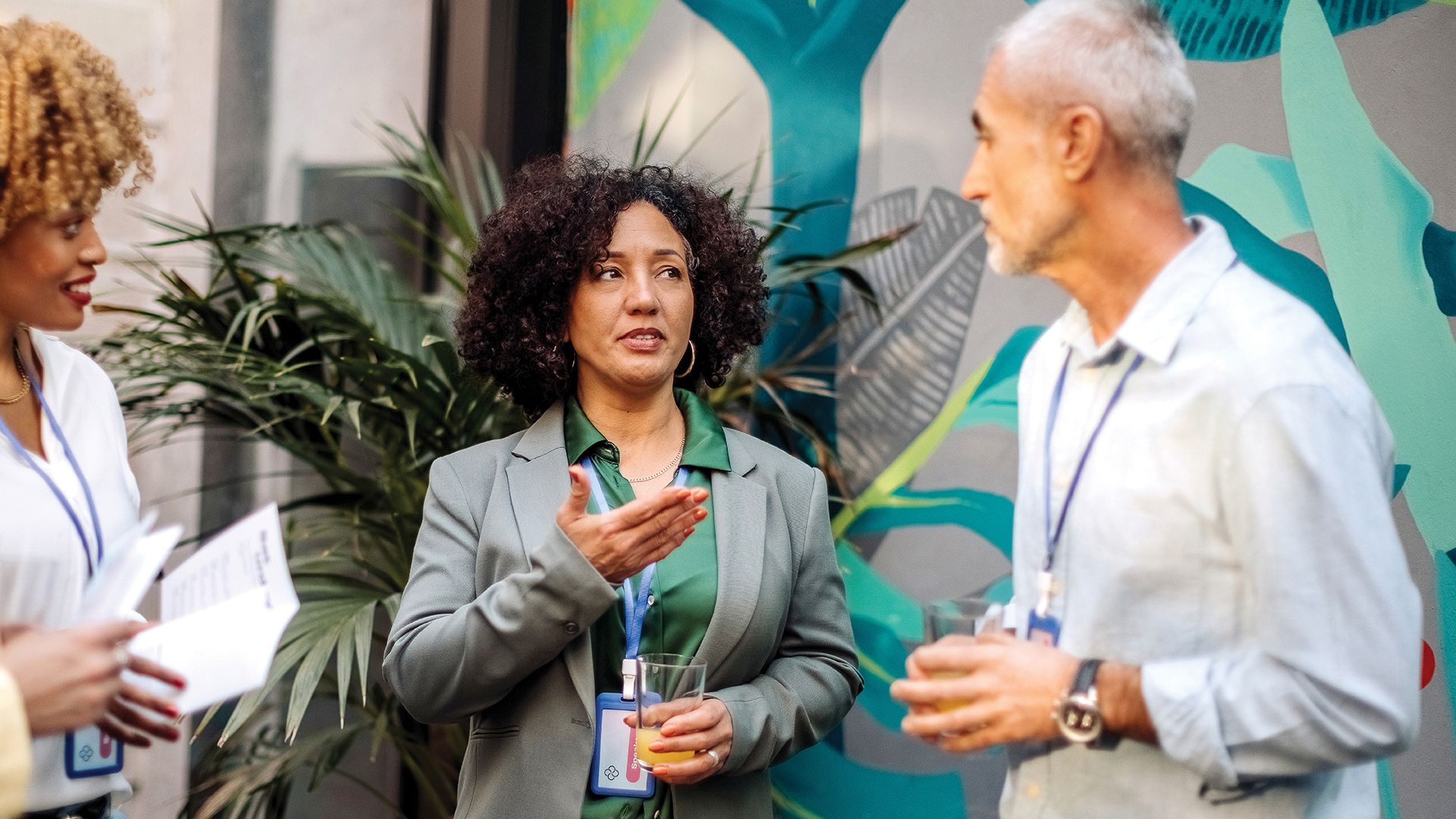Sunshine Coast Zero
Sunshine Coast Zero is a community-driven movement to end and prevent homelessness across our region, starting with those who are sleeping rough — on the streets, in parks, cars, tents, or cycling through motels and crisis accommodation.
We aim that 2035 homelessness on the Sunshine Coast will be rare, brief, and non-recurring and by 2025, we will have identified the core local conditions necessary to make that possible.
What We’re Doing on the Sunshine Coast
By adopting the internationally recognised Advance to Zero methodology, we’re working to identify every person currently or recently experiencing homelessness — by name and in real time.
With a regional focus, we bring together local services, lived experience voices, data insights, and tailored housing responses to create a coordinated, place-based approach. Our work is underpinned by collaboration, transparency, and community leadership, with the shared belief that no one in our region should be without a home.
Step 1 – Knowing People By-Name
The Know By-Name List (BNL) helps us to identify every person sleeping rough (on streets, in parks, tents, cars or temporary accommodation) on the Sunshine Coast, their needs and the support services required.
Step 2 – Understanding People’s Needs – Common Tools
The Australian Homelessness Vulnerability Triage Tool (AHVTT) is a tool that helps homelessness services to match support for the most vulnerable people experiencing homelessness in their community. Based on people’s disclosed information, the AHVTT helps to provide the right housing, healthcare and community services for individuals, youth, and families.
Step 3 – Identifying Appropriate Housing and Support
Through the Sunshine Coast Zero Coordination Groups, our members, along with the Department of Housing and other housing providers, collaborate to address the needs of individuals and families. This allows us to match the most suitable housing options and support services based on those needs.
Step 4 – Measuring Progress and Making Data Informed Decisions
We measure our progress to:
make sense of what is happening to people who enter the homelessness service system, when they cycle through this system and what their housing situation is upon leaving the system; make informed decisions about resourcing, focusing and directing services and supports.
Through the data, we identify housing gaps and advocate for change at multiple levels across systems involved in housing and support for people at risk of, or experiencing, homelessness. Most importantly, we emphasize collaboration across housing and related systems to work towards better outcomes.
Learn more here: Advance to Zero


